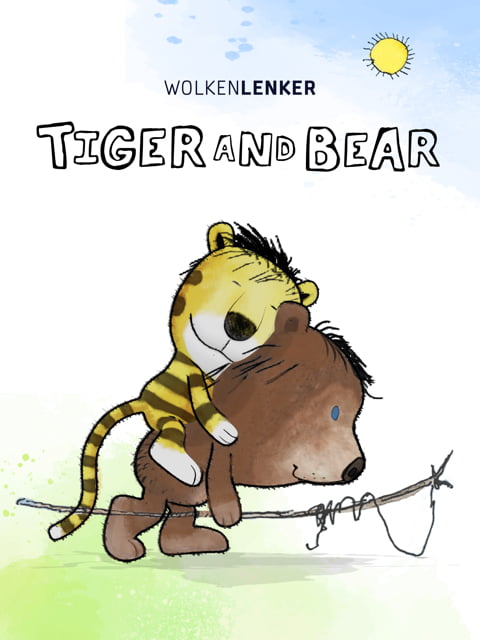Sebastian Wehner

 Sebastian Wehner
Sebastian Wehner
Co-founder
Wolkenlenker
Germany
Pitching: Tiger & Bear
What is the biggest issue facing the animation industry right now?
There are several. We are still amid the streaming transition, which has become more tumultuous, with shows being cancelled on one side and demand increasing on another. At the same time, we see a decline in commissions from linear channels.
The overall higher demand is creating talent shortages throughout the industry worldwide. There is a lack of qualified animators and riggers, while juniors are taking senior positions with bigger salaries, driving up production costs and potentially compromising quality and output. Studios have to perform the balancing act of retaining their in-house talent and having to hire talent remotely to stay competitive.
Last but not least, new exciting developments, such as virtual production and the metaverse, are on the horizon. There is already a lot of progress in terms of technology and software, which might enable lower costs, faster turnarounds and even new ways and styles of animation. The industry is on the cusp of significant changes. The question is, can producers move fast enough to keep up?
What is your company doing in response to this?
We are looking for people from the games and software industry to overcome the talent squeeze. Plus, we are casting a much wider net than before and searching worldwide to find the right partners for the right project.
Regarding virtual production, we are already working in real-time pipelines on three projects to gather valuable learnings for the immediate future and stay nimble. There are unintended consequences if you use software created for world-building and use it for linear storytelling. A lot has already been solved, but there are still issues coming up when you least expect them, and for us it is valuable to learn about them now, so we can assess the benefits and drawbacks for each project.
How do you see the rise of the metaverse impacting animation?
Our understanding of the metaverse is that it will be the internet in 3D, highly interoperable without imposed barriers of the corporations starting it, and independent of proprietary servers and services so that if a particular company stops their service, its part of the metaverse is still intact. Suppose the metaverse comes together as such – which it probably won’t, as things are always different in actuality from our collective imagination – then it could lead to more crossover between animation and gaming, which could be fuelled by using the same toolsets and talent. As an animation company, it might be good to at least dip your toes in cooperating with a gaming company.
 How do you work with YouTube Kids, and is it a platform that supports high-quality animation producers?
How do you work with YouTube Kids, and is it a platform that supports high-quality animation producers?
We haven’t worked with YouTube Kids yet but, of course, we’re curious to explore a future collaboration and understand the different formats, requirements and how YouTube Kids operates.
Tell us about the project you are pitching at Cartoon Forum.
Tiger & Bear (52×7′) is a series crafted in 3D with a 2D look for young children and their families, based on the works of one of the most acclaimed German children’s book authors and illustrators, Janosch. All German broadcasters voted for Tiger & Bear during the Animation Production Days in Stuttgart to receive a wild card for this year’s Cartoon Forum.
It is a gentle journey into Zen philosophy and exploring life’s small pleasures and those little everyday things that matter. We are currently developing the project with our coproduction partner, Janosch Film & Medien, which holds comprehensive rights to the works of Janosch. We have had initial conversations with several buyers interested in the project and are looking for partner studios with which we can co-develop the series.









 Sebastian Wehner
Sebastian Wehner




.jpg)




























